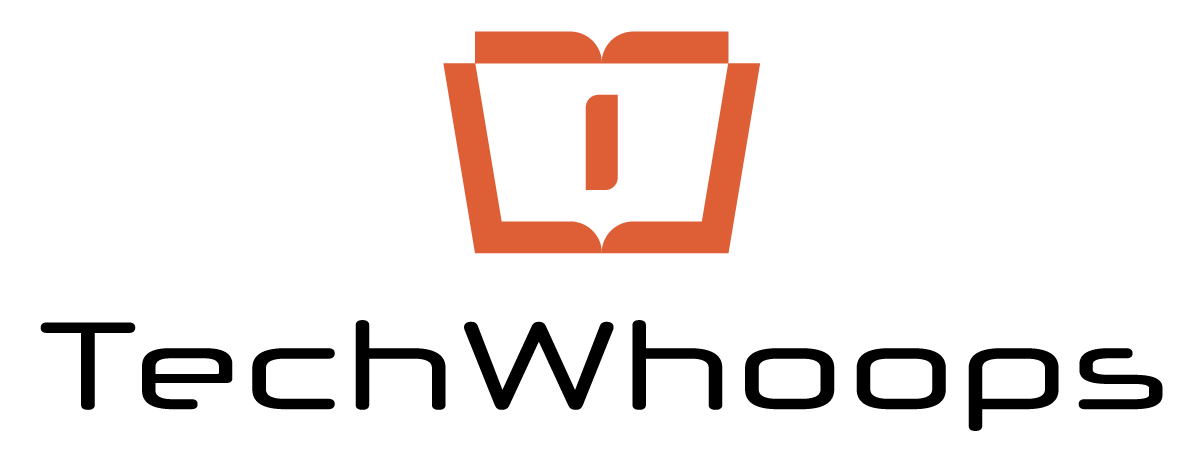(Legal, Safe, and Ethical Ways to Protect Your Inbox)
In 2025, protecting your digital privacy is more important than ever. Whether you’re an industrial designer, developer, freelancer, or creative professional, signing up for software trials, design resources, or community platforms often means surrendering your email address—and your inbox—to endless newsletters, spam, and phishing attempts.
That’s where temporary or disposable email services come in. These platforms generate short-lived inboxes that let you receive verification links and promotional messages without revealing your personal address. Once you’re done, the inbox disappears—taking all those unwanted emails with it.
⚖️ Legal Disclaimer:
This article only discusses tools for receiving temporary emails for privacy and testing.
Sending spoofed or forged messages is illegal under most international laws, including the CAN-SPAM Act (U.S.), GDPR (EU), and PECR (U.K.).
We do not promote or explain any activity that impersonates others or manipulates sender identities.
Table of Contents
Top 10 Temporary Email Services (Tested – October 2025)
| # | Service | Free Tier | Inbox Lifespan | Best For | Key Features |
|---|---|---|---|---|---|
| 1 | Temp-Mail.org | ✅ Unlimited | 10 min – 1 hour | Quick registrations | Mobile app, API, ad-free free tier |
| 2 | Guerrilla Mail | ✅ Unlimited | 1 hour (extendable) | Web testing | Multiple domains, no signup |
| 3 | YOPmail | ✅ Unlimited | 8 days | Spam-free browsing | Public inboxes, no password |
| 4 | 10 Minute Mail | 1 address | 10 minutes | Instant downloads | Auto-refresh, browser extension |
| 5 | Maildrop | ✅ Unlimited | Until manually deleted | Clean design | Custom names, smart suggestions |
| 6 | EmailOnDeck | ✅ Unlimited | 1–2 hours | Anonymous crypto sign-ups | Minimal ads, BTC-friendly |
| 7 | ProtonMail Aliases | 10 aliases | Permanent | Professional use | Encrypted, forwards to inbox |
| 8 | SimpleLogin | 10 aliases | Permanent | Long-term privacy | Open-source, browser add-on |
| 9 | Burner Mail | 3 burners | Until deactivated | Mobile users | iOS / Android apps |
| 10 | Internxt Mail (Temp Inbox) | ✅ Unlimited | 24 hours | Privacy enthusiasts | End-to-end encryption |
💡 Pro Tip for Designers:
Use ProtonMail aliases or SimpleLogin when creating client accounts for tools like Autodesk or Adobe. They forward messages to your real inbox without revealing your primary address—ideal for NDAs and professional correspondence.
See also: 13 Best Skype Voice Changer Software for Calls & Meetings in 2025
How to Use Temporary Emails Safely and Legally
1. Receive Only — Never Send
Most temp-mail platforms block outgoing mail by design. Using them to send or spoof messages violates laws and provider terms.
2. Avoid Sensitive Data
Never receive invoices, password resets, or 2-factor authentication codes via temporary emails. For any security-related activity, rely on your real email with 2FA enabled.
3. Check Each Platform’s Rules
Many services—especially banks, e-commerce sites, and creative-software vendors—block disposable addresses. Use aliasing services (like ProtonMail or SimpleLogin) instead.
4. Use Filters in Your Main Inbox
- Gmail: Create filters → “Skip Inbox / Apply Label” for newsletters.
- Outlook: Use “Rules → Move to Folder” for automated sorting.
5. Report Phishing Immediately
- Gmail: Click Report Spam / Phishing.
- Outlook: Go to Junk → Phishing → Report.
Reporting helps train spam filters across the platform.
Better, Long-Term Alternatives for Professionals
| Use Case | Recommended Tool | Why |
|---|---|---|
| Client or NDA-bound communications | ProtonMail, Tutanota | End-to-end encryption, GDPR compliance |
| Unlimited address aliases | SimpleLogin | Open-source, integrates with Gmail & Outlook |
| Team or project collaboration | Google Workspace Aliases (you+project@domain.com) |
Organized, domain-verified, professional |
| Auto-delete after use | 10 Minute Mail (Chrome Extension) | Automatically clears inbox after one session |
Tip: If you handle client data, always choose encrypted email providers with a clear privacy policy and ISO 27001 or GDPR compliance documentation.
FAQs
Q1: Is using a temporary email illegal?
A: No. Creating or receiving mail through a disposable inbox is perfectly legal.
However, sending forged or impersonated messages (i.e., spoofing) is illegal in most jurisdictions, including the U.S., U.K., EU, Canada, and Australia.
Q2: Why do some websites block temporary emails?
A: Many platforms block disposable domains to prevent abuse—like fake accounts, spam registrations, or fraudulent activity.
If you need to register legitimately, use a trusted alias (ProtonMail, SimpleLogin, Apple Hide My Email).
Q3: Can I use temporary emails for design software trials (Rhino, CATIA, SolidWorks)?
A: Yes—for initial sign-ups or resource downloads.
But for license activation, client communication, or support tickets, use your verified business email to avoid losing access.
Q4: How can I prevent spoofed emails from reaching my real inbox?
A:
- Implement SPF, DKIM, and DMARC on your domain to authenticate senders.
- Use email-security suites such as Microsoft Defender, Proofpoint, or Mimecast for advanced phishing detection.
Privacy-First Tips for 2025
- Always read a service’s privacy policy—avoid ones that store or publish inbox content.
- Prefer tools that offer end-to-end encryption and custom domains.
- Regularly clear cookies or use your browser’s private mode when accessing temporary email sites.
- If you’re an organization, maintain a DMARC policy (
p=quarantineorp=reject) to reduce spoofing attempts.
Final Thoughts
Temporary email services are a practical privacy layer in an increasingly data-hungry online world. Used responsibly, they:
- ✅ Keep your main inbox clean during product research, form sign-ups, and quick tests.
- ✅ Reduce spam and unwanted tracking.
- ❌ Must never be used to send or disguise identity.
As privacy expectations tighten and anti-spam laws strengthen, understanding the difference between anonymity and deception is key.
Choose reputable providers, respect terms of service, and follow cybersecurity best practices.
Stay private, stay compliant, and keep designing securely.
Last updated: October 28, 2025
Sources: TechRadar (2025), PCMag (2025), Selzy Blog (2025), ProtonMail Documentation (2025).
See also: Top 10 Free Malware Removal Tools for Windows (2025 Edition)


